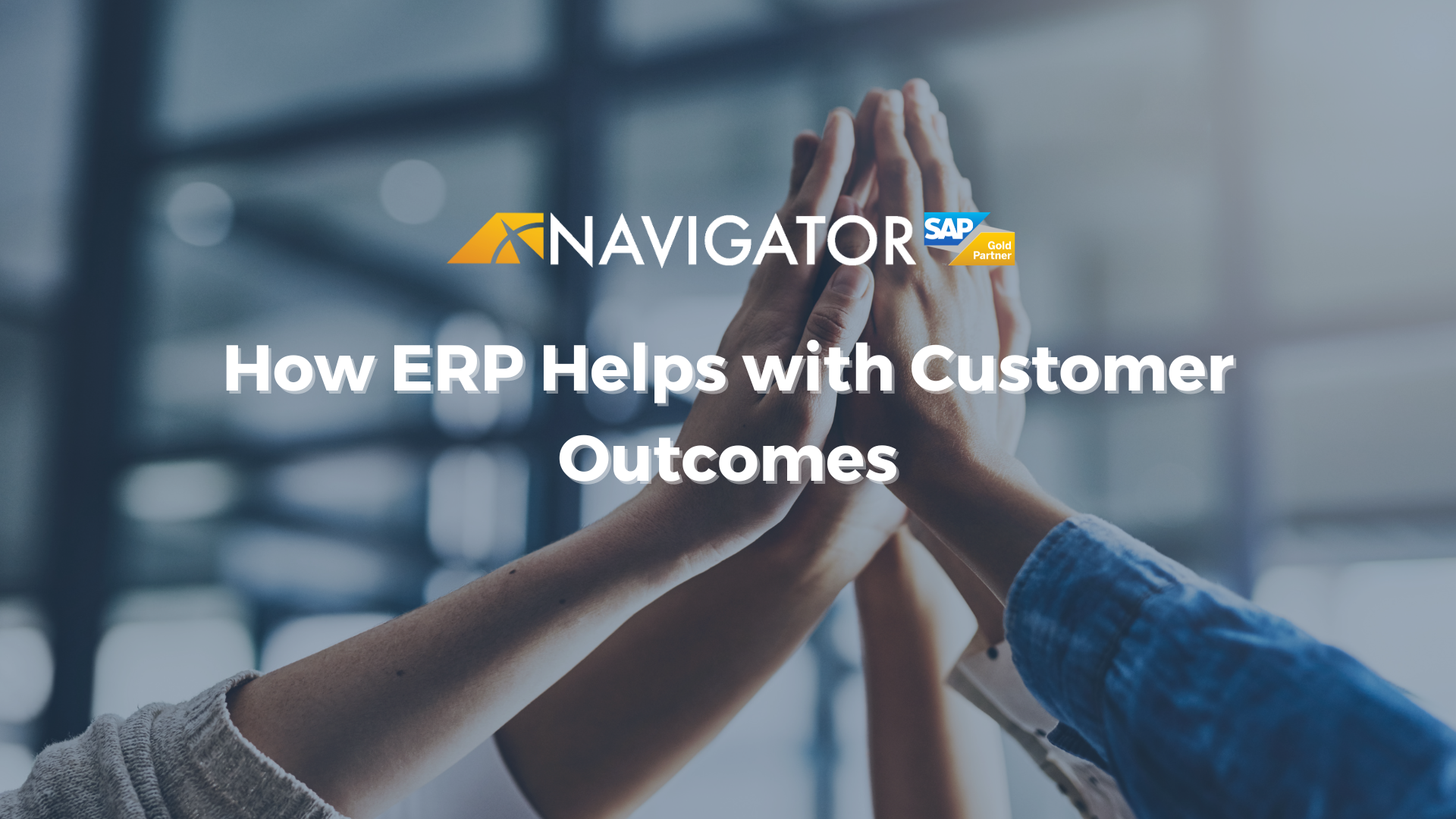Enterprise Resource Planning (ERP) software was traditionally a solution used by larger organizations with more money to invest to streamline their business operations. How long does ERP implementation take? In this earlier incarnation, it used to take months or even years.
ERP is now increasingly attractive to midmarket and growth-focused businesses thanks to cloud solutions like SAP Cloud ERP. Platforms such as SAP Cloud ERP can help companies manage their entire businesses as an integrated whole, from accounting and financials, purchasing, inventory, sales, and customer support, all the way to operations, logistics, project management, and human resources.
Infrastructure Required for ERP Implementation
On-premise ERP is run and managed from an on-site server in a company’s data center. It requires servers, storage, and network capability, as well as increased cybersecurity software to protect the database. With on-premise ERP, the infrastructure required for ERP implementation is significant.
Cloud ERP is hosted on the server of a third-party vendor and can be accessed via a web browser from a PC or mobile device, however. To implement a cloud-based system, you need a contract with a cloud provider, along with good security policies both on the cloud and for end-user devices to ensure that only authorized persons can access your ERP platform.
As a result of this reduction in infrastructure required for ERP implementation, cloud-based ERP is faster and easier to deploy than on-prem. Depending on the modules you’re rolling out, deployment time can be measured in days or weeks rather than months or years. This is the sort of time to market suitable for dynamic businesses.
However, this does not mean that modernizing with a cloud-based ERP platform is always painless. Companies that upgrade their business processes with a new ERP system still have a big job to do: the move represents a complete system and process overhaul. This transformation is a move for the better, but it’s still complex.
Tips for Faster ERP Deployment
In addition to selecting a cloud ERP system, here are some other ways to speed up the time it takes to implement ERP.
Avoid the temptation to write custom code because it adds complexity, maintenance, and frustration during rollout and down the line.
Automated testing lets you test a new ERP system before you go live, so you can make sure that all processes perform as expected.
Get advice from vendors and consultants with extensive ERP experience. This will help you avoid mistakes common to ERP projects and get access to best practices that suit your specific industry. Because of the complexity involved in ERP implementation, experience and best practices from a partner can have a big impact on deployment times.
An organization rolling out ERP needs clarity on its own goals, resources, and capabilities. Because ERP touches all corners of an organization and represents a significant business process upgrade, a clear picture of the business, as it currently exists, and its ultimate goals, is essential for an efficient, delay-free rollout.
Concrete planning is critical for an efficient ERP rollout. The configuration process will involve adapting the raw functionality of the software to your specific security requirements, workflows, and preferences.
Data migration and data conversion need to be clean and accurate to minimize disruption of operations, as this data relates to all business systems and is integrated with other third-party systems.
Differences Between ERP and WMS
For businesses that work with inventory or distribution, there’s often the question of whether to choose an ERP platform or a Warehouse Management System (WMS), and about the difference between ERP and WMS.
WMS controls the movement and storage of businesses’ inventory and updates information on items received, picked, packed, and shipped to customers. It uses barcode scanners, mobile computers, wireless LANs, and radio frequency identification (RFID) tags to track and trace items’ movement in the warehouse and deliver to customers.
WMS can generate reports that reveal the optimal location for every item based on historical trends and data. It optimizes stock management based on data gathered in real-time.
The key difference between WMS and ERP is that WMS is a standalone application, while ERP represents an all-in-one solution, encompassing finance, accounting, sales and marketing, inventory management, human resources, and customer service. The choice between ERP and WMS depends on your usage objectives, capability, and budget.
If your business is ready for an ERP solution, one solution that should be on your shortlist is SAP Business ByDesign. Business ByDesign is SAP’s solution for fast-growing small to medium-sized businesses. It is fully customizable, includes more than 255 integrations out of the box, and supports businesses with 20 employees just as well as those that have grown to 1,500 or more. And it comes with 43 localized versions and preconfigured industry-specific business processes that make it a turnkey solution, with minimal customization required.
Thousands of businesses globally use SAP Business ByDesign, as it helps growing small and mid-market firms and subsidiaries of larger corporations streamline business processes, gain better insight into operations, make faster decisions using real-time data, and drive growth and profitability.
An experienced SAP partner like Navigator will shorten implementation times and bring knowledge from previous ERP projects that will help you avoid common mistakes. Contact us to learn more about how Navigator can help you implement SAP Cloud ERP.




